Manual Reset Solenoid Valves are used in applications and processes demanding utmost safety checks before starting / stopping the process. In all such application, human intervention is the final check before the process is taken into/ taken off the auto mode.
Based on the nature of the process, the solenoid valves are required to stop the process from starting automatically in case of an emergency or vice versa. These valves are called Manual Reset valves with Latching on Energization. They are also referred to as No voltage Release or Free handle type Manual reset.
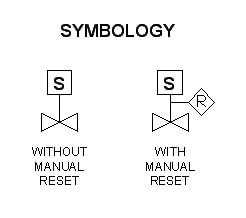
Manual Reset Solenoid valves Types & Operation
1. Manual Reset, (Latching on energization)
This valve is to be used for application which demands utmost safety check before starting of the process. Valve cannot be operated electrically. The valve switches ON when electrical supply to the solenoid is available followed by manual operation. In absence of power to the solenoid, the valve can be operated manually. Valve is switched OFF when power to the solenoid is removed.
Some of the examples where Manual reset ON valve should be used, are starting of Fuel gas flow, switching on solenoid valve for starting main process, etc.
2. Manual Reset, (Latching on De-energization)
In certain application, the valves are energized on automatically, however they are required to remain energized till manually turned off. These valves are called Manual Reset with Latching on De-energization of the Solenoid. They are also referred to as Trip shut off type Manual Reset Valves.
Solenoid Valves used in Fire Fighting systems are typical example of application of this type.
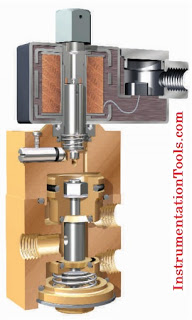
3. Manual Reset Tamper Proof
Where in the valve cannot be operated till either by pressing manual reset button or by providing electrical supply. The valve changes position only when the electrical supply is provided and button pressed momentarily. On de energizing the solenoid, the valve trips. This feature is currently available in 3 port valve only
The necessity of having a manual reset in solenoid valve should be determined during design phase, this shall be identified by process engineer or by operator through HAZOP.
The philosophy is based on whether the operator is required to be present on site or not. He/she should check the surrounding condition and make sure everything on site is normal (e.g. no hydrocarbon spill) before resetting the valve.
Read Next:
- Solenoid Valves Problems
- Valve’s Energized State
- Split Range Valves
- Cage-guided Globe Valve
- Control Valve Actuators
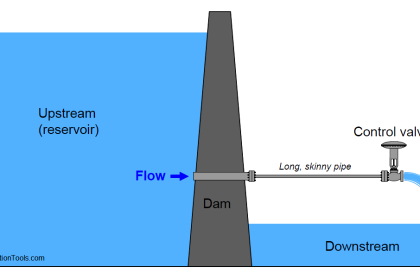

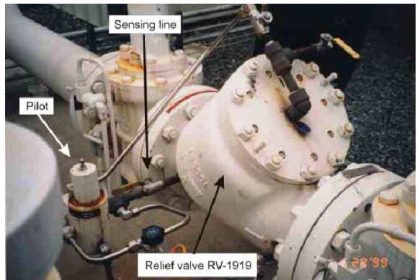
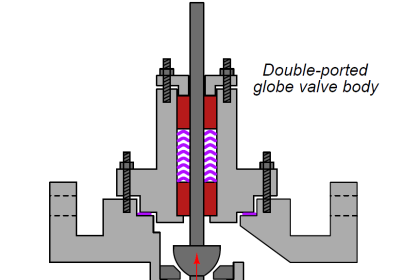
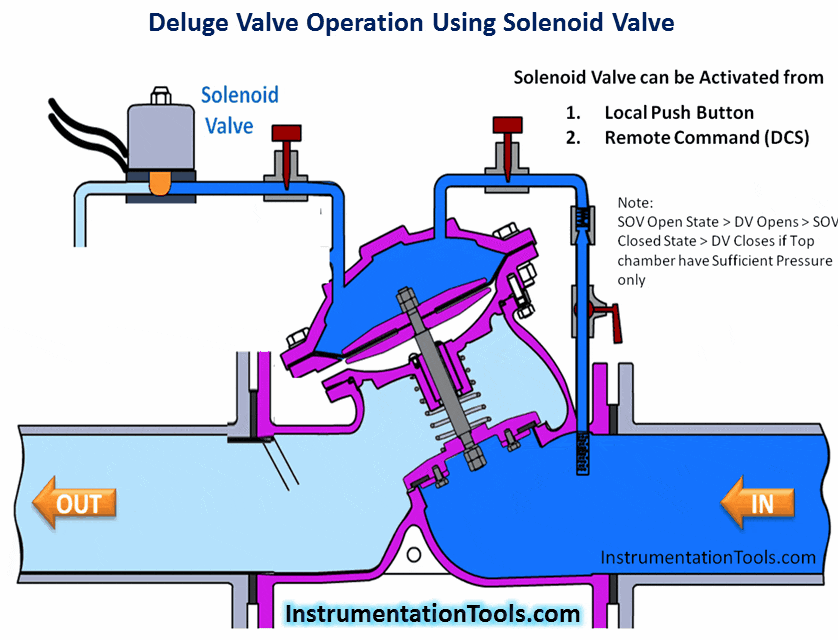
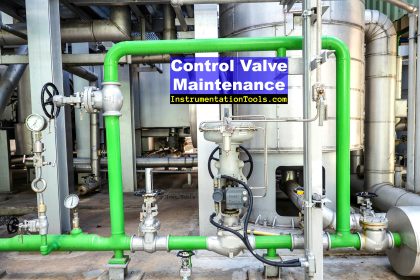
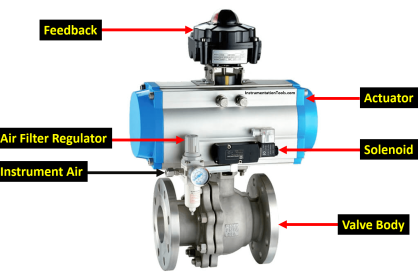
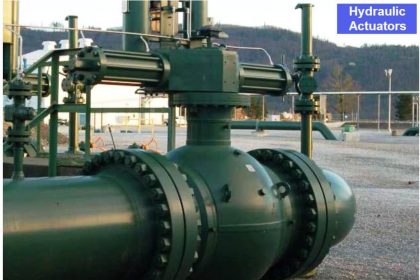
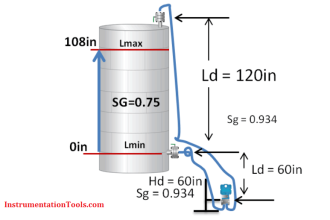
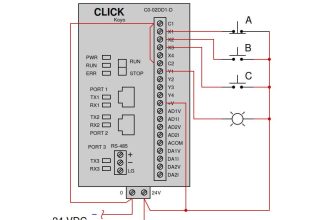

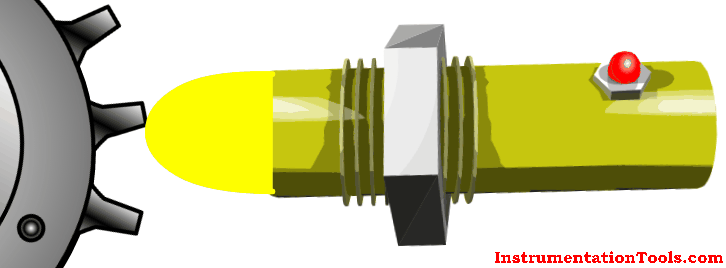

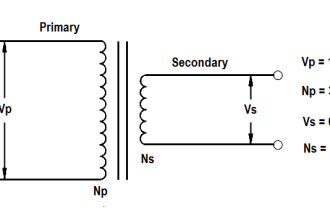
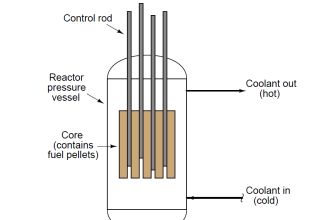
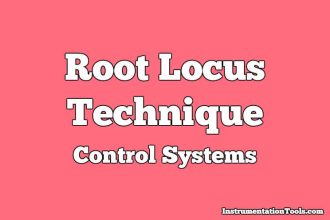

Do you have a 1 inch, 2 way Bistable Solenoid Valve with a manual override valve, brass or metallic casing, operating at 12VDC that can be used for water irrigation
What an informative article! In some cases, safety demands that a valve can’t be remotely controlled by a control system requiring additional human involvement at the valve. This is referred to as a Manual Reset. These manual overrides allow a user to manually lock the solenoid valves. Such manual overrides aid in possible defect detection, provide an emergency stop function and assist in methodical commissioning.